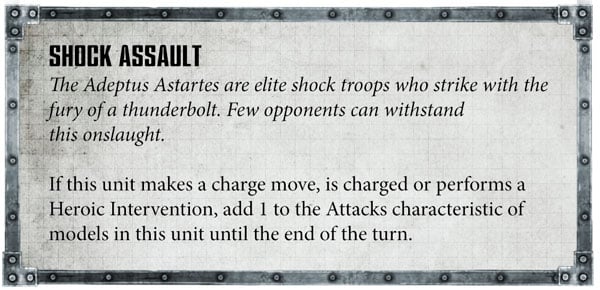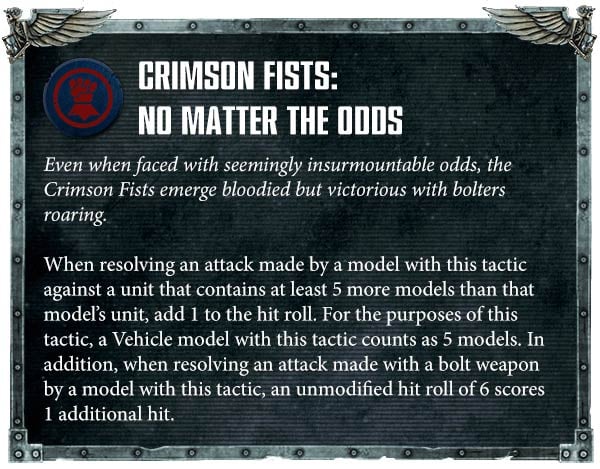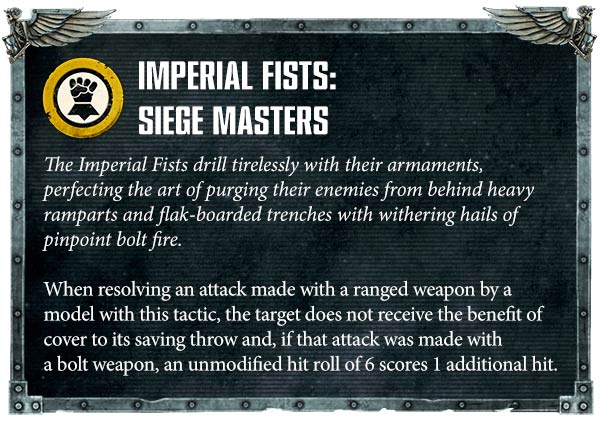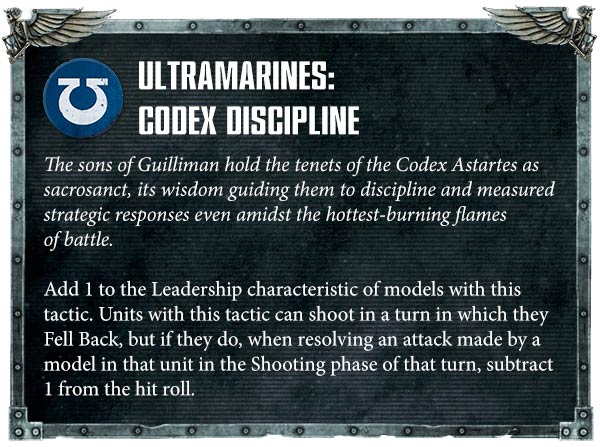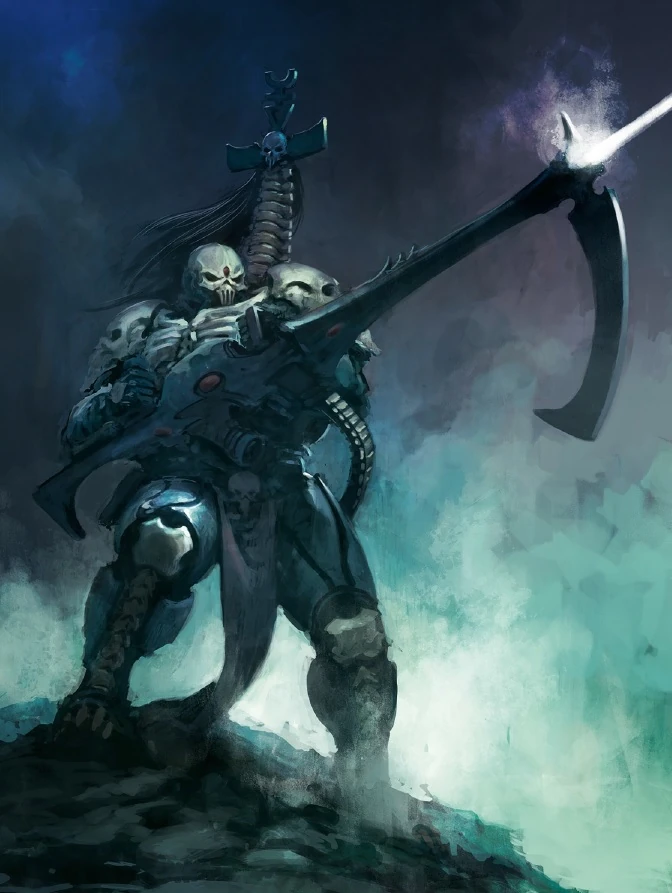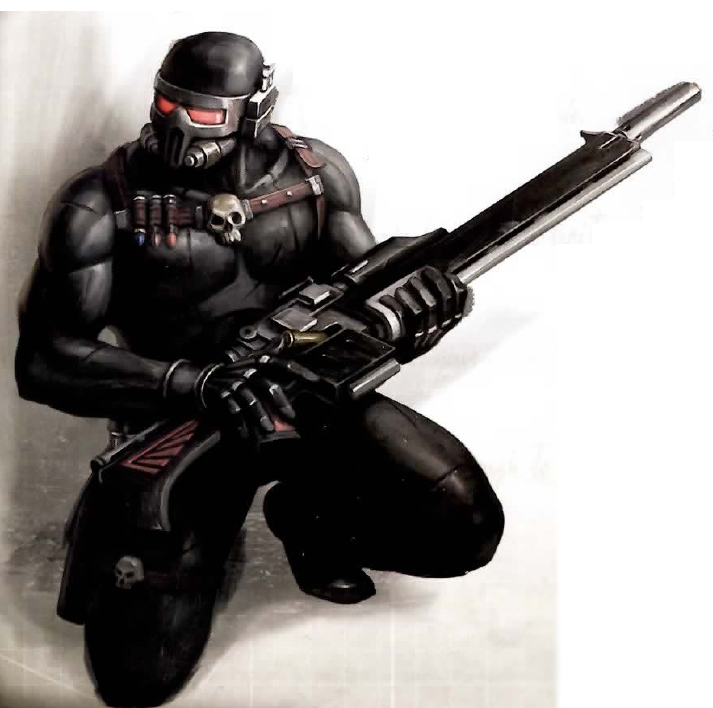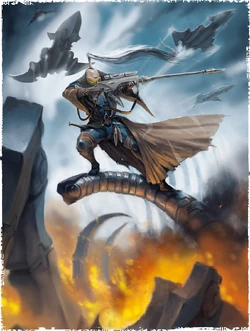A number of people have been debating the implication of the difficult terrain rule and its interactions with the Harlequins and their Flip belts. I thought I'd go through and breakdown the rules that are relevant to the scenario.
*Pages 56, 57, 58, 59 and 60 – Troupe Master, Shadowseer, Troupe, Death Jester and Solitaire, Abilities, Flip Belt Change to read: ‘Each time this unit makes a Normal Move, Advances, Falls Back or makes a charge move, until that move is finished, models in this unit can move horizontally through models and terrain features (they cannot finish a move on top of another model, or its base).’From the GW Harlequins FAQ
On page 260 of the Grand Tournament Book there is a section under the subtitle 'Terrain Categories'. The following is written:
'There are four categories of terrain features: Hills, Obstacles, Area Terrain, and Buildings. Some terrain features have a datasheet and/or terrain traits (see below) that will describe additional rules that apply, but the rules below always apply for these categories of terrain.'
It then goes on to clarify that Barricades, Ruined Walls and battlefield debris are classified as 'Obstacles', and that Models can move up, over and down Obstacles following the normal rules for movement. Ruins, Woods, Craters and other terrain features are 'Area Terrain'.
Buildings are NOT terrain features and have data sheets as they are considered to be units and typically part of a players army, furthermore models cannot move across buildings.
So it would seem that Flip Belts allow Harlequins to ignore vertical distances that other models would need to account for in order to move through, around or over, meaning that they get to move further. And because a building is a unit, and the flip belt allows them to move through it where other units could not.
So onto the difficult ground rule:
Difficult Ground
"If a unit makes a Normal Move, Advances, Falls Back or it makes a charge move, and any of its models wish to move over any part of this terrain feature, subtract 2" from the maximum distance that every model in that unit can move (to a minimum of 0), even if every part of this terrain feature is 1" or less in height. This penalty does not apply if every model in the moving unit can FLY."
So if a Harlequin Solitaire was to move through a barrier he would ignore the vertical distance needed to go up and over the barrier, and yet he would take a -2 movement penalty because it is difficult ground.
Taking the penalty for difficult ground is all kinds of wrong seeing as thematically Harlequins are supposedly acrobats using parkour-esque movements to traverse the battlefield. Then again this would not be the first time that GW has failed to match the lore with the rules. And yes, I've written to them about it.

